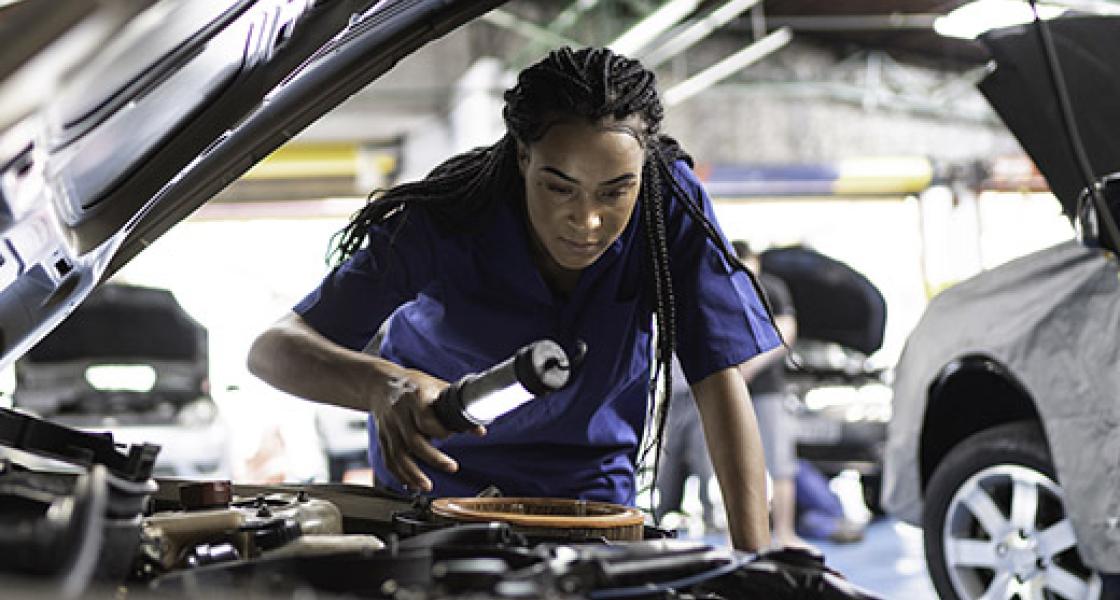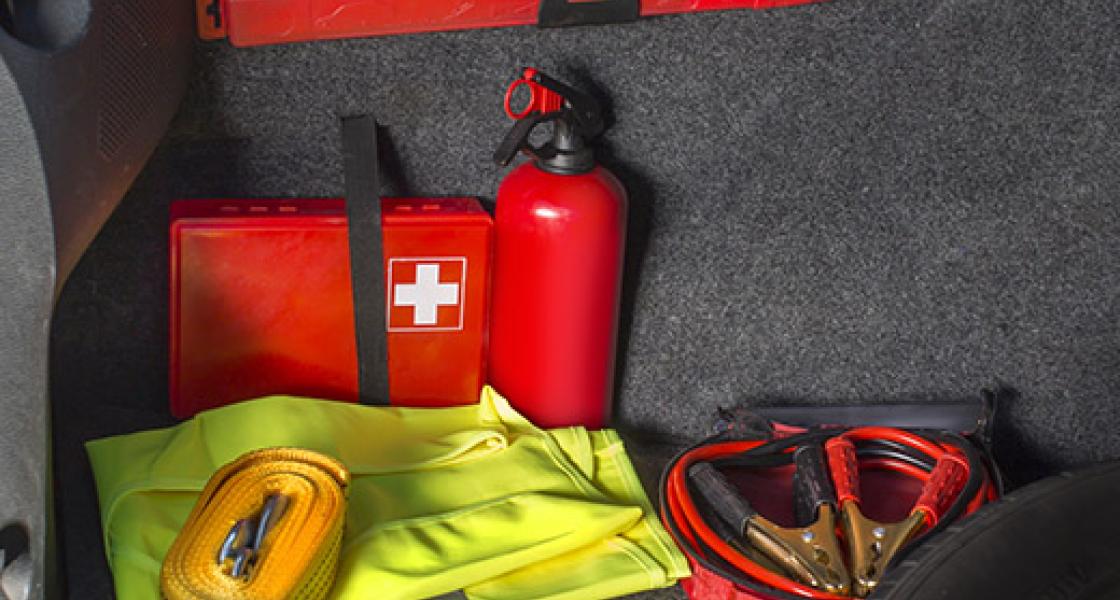

How to Handle a Highway Breakdown or Collision
What To Do If Your Vehicle Breaks Down
If your vehicle breaks down, do you know what to do?
1. Pull off the road.
Pull onto the highway shoulder as quickly and safely as possible. Remember to signal and try to remain on level ground. Alternatively, if you need to pull onto the left shoulder, ensure that you are as far away from moving traffic as possible.
If you cannot pull off the road, turn on your hazards. Do not risk injury by attempting to push your car to a safe location. If you are uncertain about your safety and think your vehicle may be struck from behind, do not stay in your vehicle. Leave your vehicle only if there is a safer area to move to, away from the highway.
2. Note your vehicle's location
Look for a major exit. Note landmarks such as service stations, restaurants, shopping centres and business complexes. Do you remember the last exit name or any numbered signs near your location? This will be useful to know when calling for roadside assistance.
3. Assess the issue.
Did you hear any unusual noises, experience any out-of-the-ordinary car responses or note any steam or smoke coming from under the hood?
If you must get out of your vehicle to assess the situation:
- Watch carefully for oncoming traffic, especially at night or in bad weather. Exit the vehicle from the side away from traffic.
- Never stand behind or directly in front of your vehicle, as you risk being struck by drivers who might not see you.
4. Ensure your vehicle is visible.
To alert other motorists, turn on your hazard lights, especially at night or in bad weather. Also, raise your vehicle’s hood.
5. Call 911.
Once you and your passengers are in a safe location, call 911. They will advise you on what to do. After calling emergency services, call a family member or friend and advise them of your situation and location.
6. Call roadside assistance.
Call for assistance and tell the operator the following:
- Your membership number if you are a CAA Member.
- The phone number where you can be reached.
- Your location.
- A description of your vehicle.
- The nature of your problem.
- Describe any circumstances that may require special towing or transport considerations, such as an unusual or rare vehicle, large number of passengers, infants, animals, medical needs or whether your vehicle requires special fuel.
- Let the operator know that you’ve called 911.
7. Know your rights and responsibilities.
It’s your responsibility to understand what services your Roadside Assistance provider or insurance policy will cover.
If you choose to exit your vehicle:
- Stay away from oncoming traffic and exit through the side of the vehicle facing away from traffic.
- Be aware of your surroundings. Carry a flashlight with you, if possible, especially in nighttime situations.
If you choose to stay in your vehicle:
- Keep the windows and doors locked.
- Do not leave the engine running for extended periods – this could put you at risk of carbon monoxide poisoning.
- If you are threatened by a stranger while waiting in your car, call 911. Honk the horn repeatedly and flash the lights to attract the attention of other motorists.
What To Do If You’re Involved In A Collision
Be prepared, be cautious, be safe and follow our tips should you get involved in a collision.
1. If you’re injured, don’t move and stay in your vehicle.
2. Call 911 if:
- Someone is injured.
- There is significant damage to any of the vehicles involved in the collision.
- You think the other driver may be guilty of a Criminal Offence, such as impaired driving.
3. Follow the instructions provided by the emergency services on the scene.
4. If it is safe to do so, move your vehicle to the side of the road. Turn on your hazard lights and use warning triangles or flares if available.
5. Record details of the collision.
Include the time, date and location, speed of your vehicle, weather and road conditions. Once you are in a safe location, take photos of the scene.
6. Exchange information with the other parties involved.
Remember to exchange the following information:
- full name
- address
- phone numbers
- licence information
- vehicle information
- insurance company name and policy number
NOTE: Regardless of the circumstances, never admit fault for the collision or assign blame to the other driver. Your Ontario insurance company will determine fault based on “Fault Determination Rules” regulated by the provincial government. Never sign any documents regarding fault or promise to pay for damages.
7. If there are witnesses, get their names and phone numbers.
8. If you need to be towed to a Collision Reporting Centre (CRC):
- Contact your insurance company before signing or authorizing any towing or other documentation.
- All vehicles that require a tow must go directly to a CRC from the scene of the collision. Have your vehicle towed to the CRC most convenient to you and accompany your vehicle.
- Bring all documentation to the CRC, including driver’s licence, ownership, insurance, details of the collision and information about the other parties involved.
You must report the collision in person, to a CRC within 24 hours of the collision if:
- Damage is valued at more than $2,000 to vehicle(s) or property.
- The police were not present at the scene.
- The damage to your vehicle is minor and you can drive it safely to the CRC.
9. Call the Claims Department of your insurance company as soon as possible.
10. If you are insured with CAA Insurance, we will arrange for the pick-up and towing of your vehicle from the CRC to a repair facility.
- We will ensure that your claim is processed quickly and fairly and get you back on the road as soon as possible.
- Choose a CAA-Approved Auto Repair Facility that meets stringent CAA standards for quality service at fair prices.
Prevent A Breakdown

Check your vehicle.
- Service your vehicle on a regular basis
- Regularly do walk-around inspections of your vehicle
- Study your owner's manual so you understand your dashboard warning lights

Plan ahead.
Keep an emergency kit and other essentials in your vehicle:
- Cell phone with charger
- Pencil and notebook
- Vehicle owner's manual
- Flashlight with extra batteries
- Drinking water and non-perishable snacks
- Booster cables and tire pressure gauge
- Flares, warning triangles or reflectors
- Windshield washer fluid and wiping cloth
- Coolant and fire extinguisher
- Ice scraper, snow brush & snow shovel
- Blanket and winter attire
- First aid kit
- Your CAA Membership card
